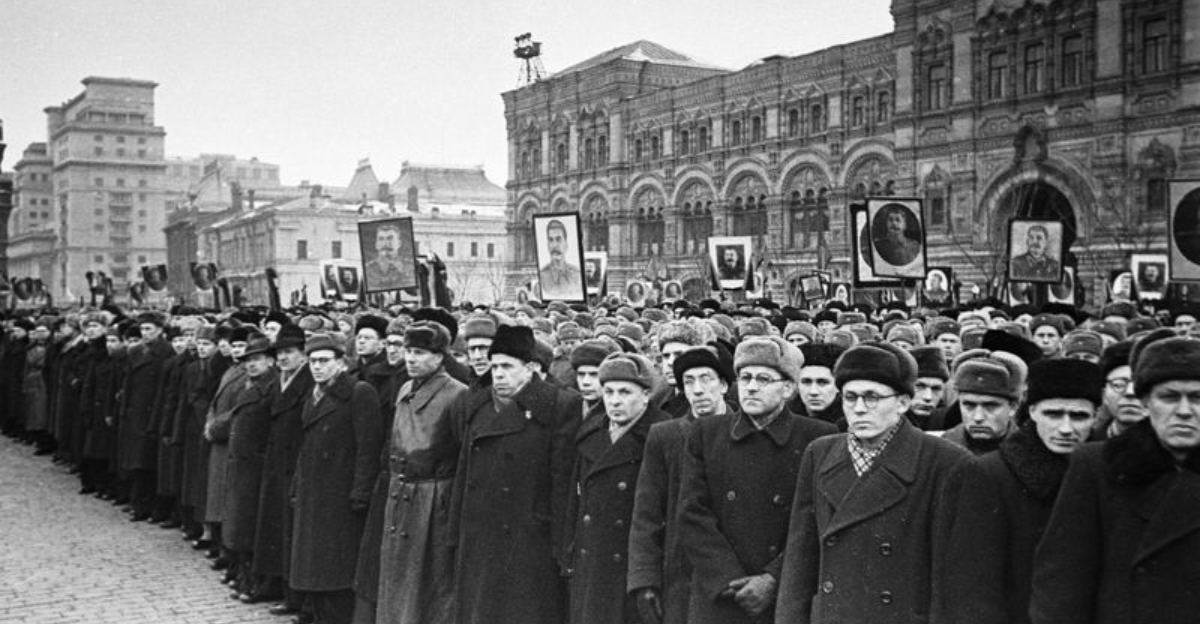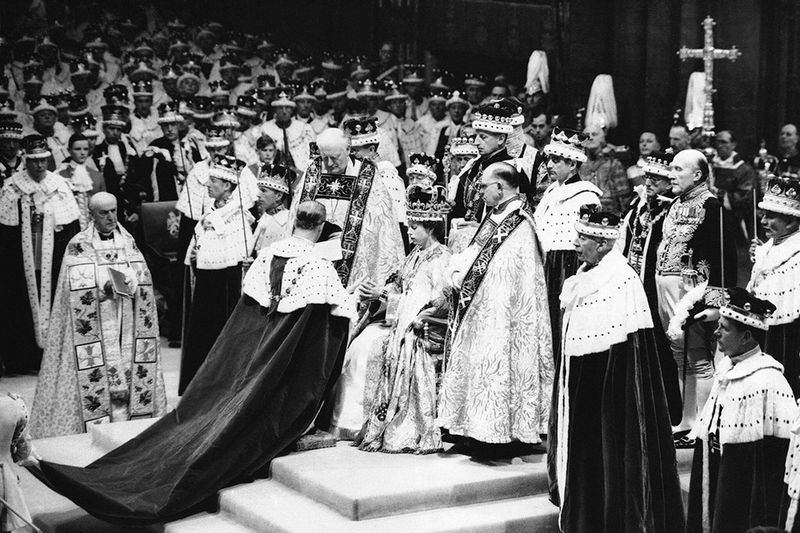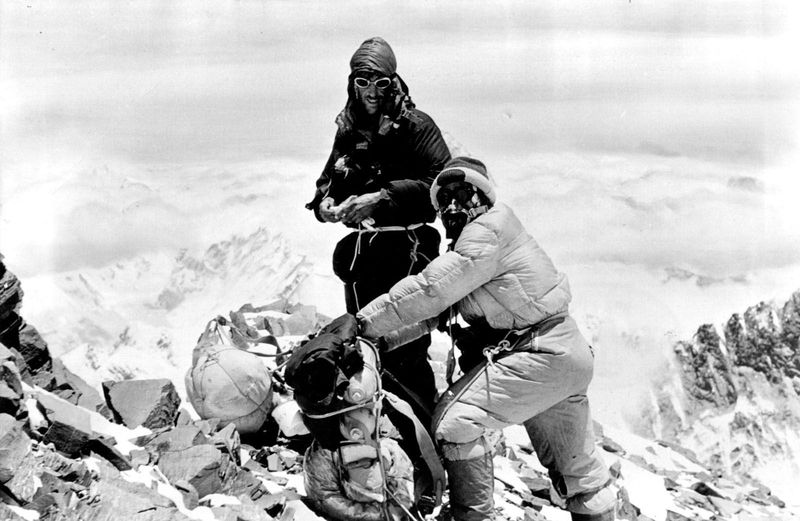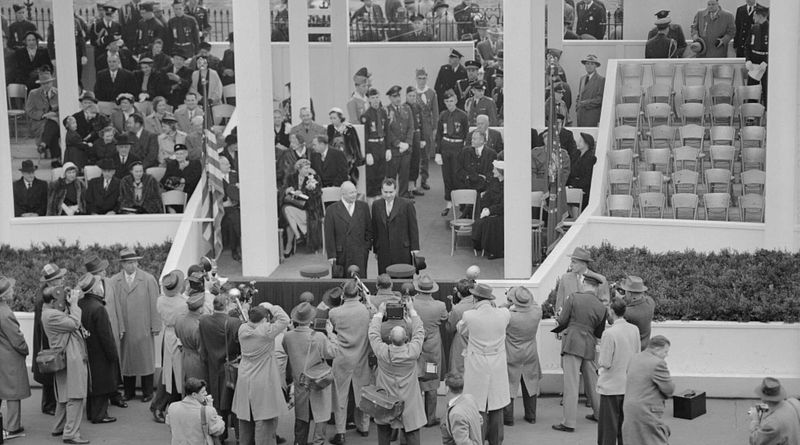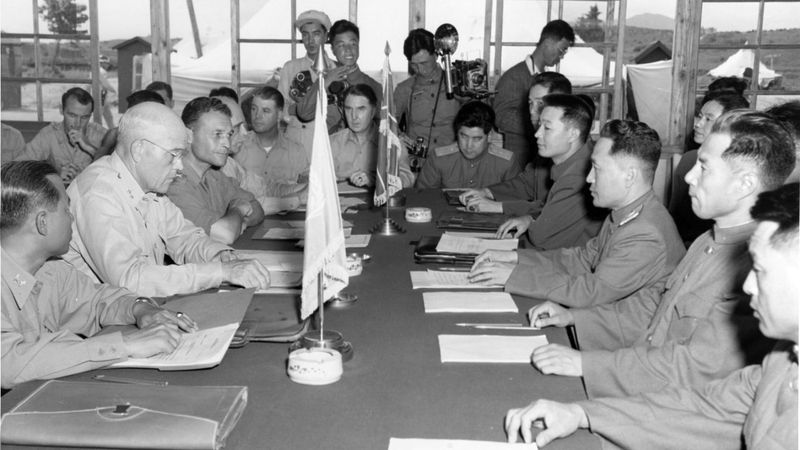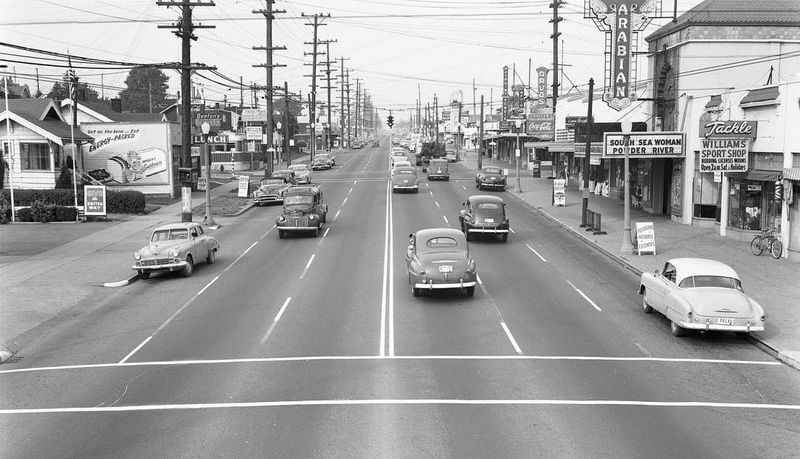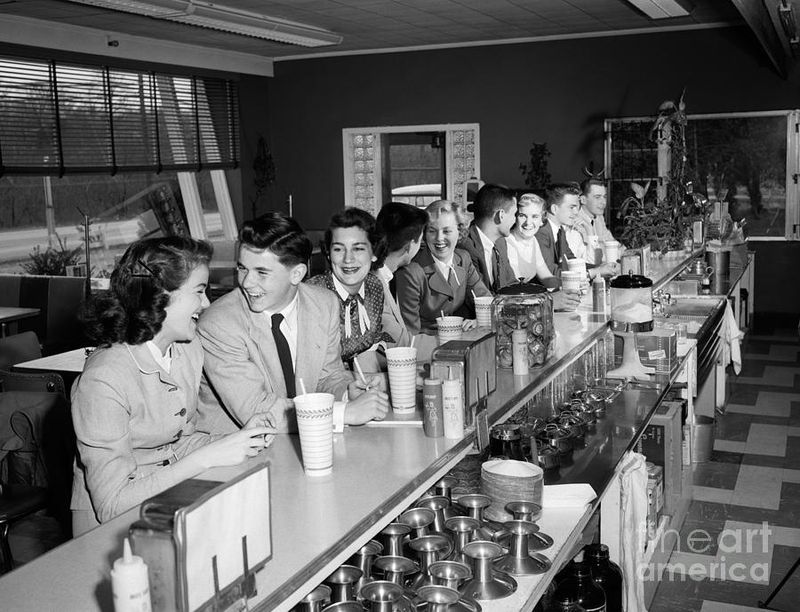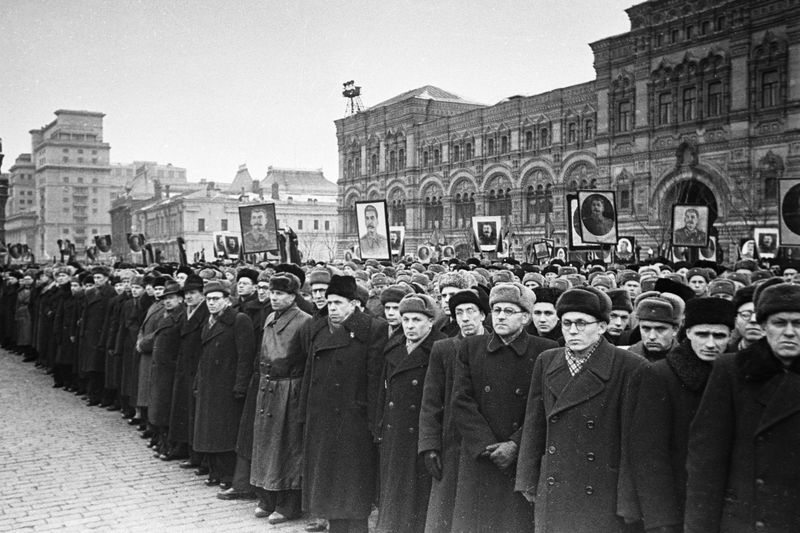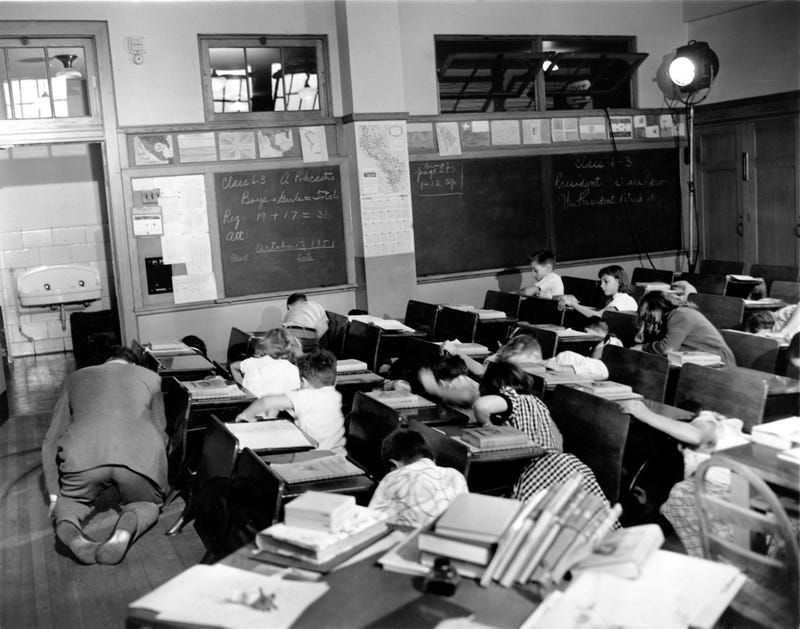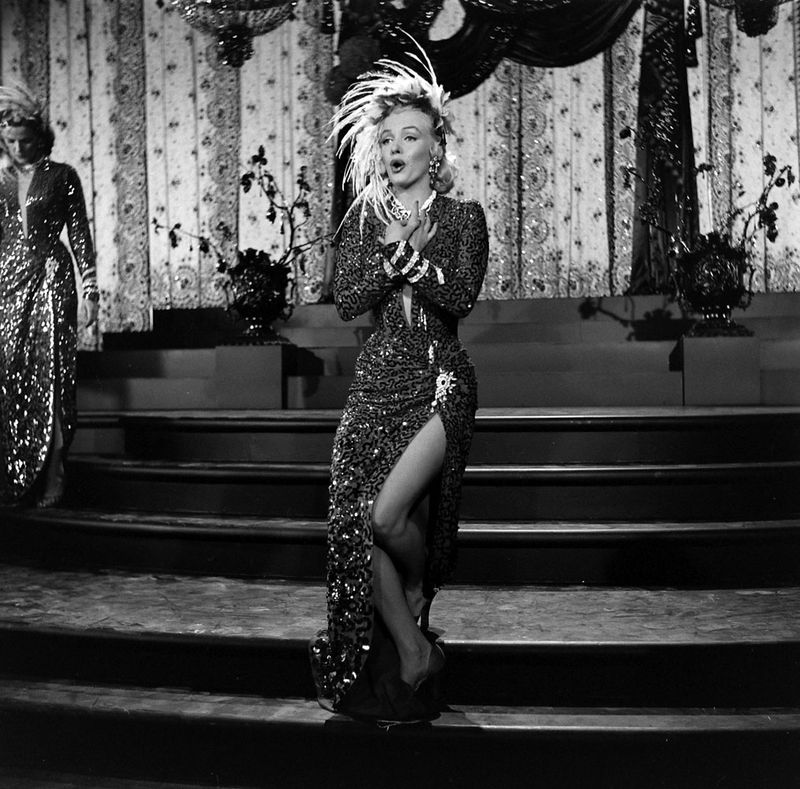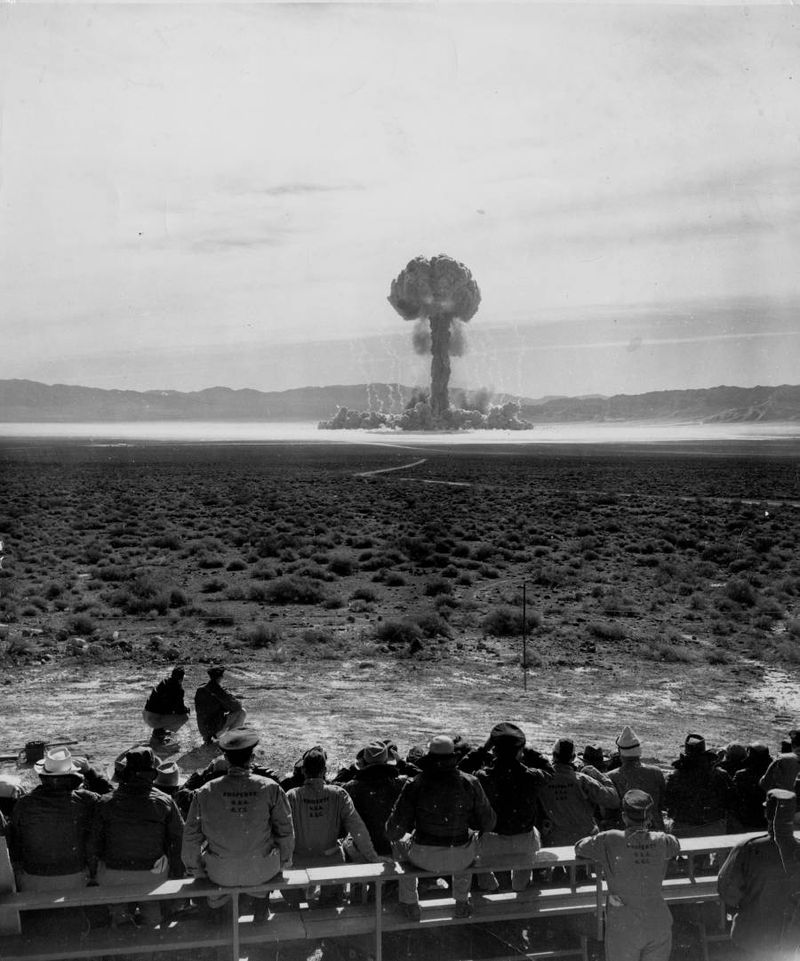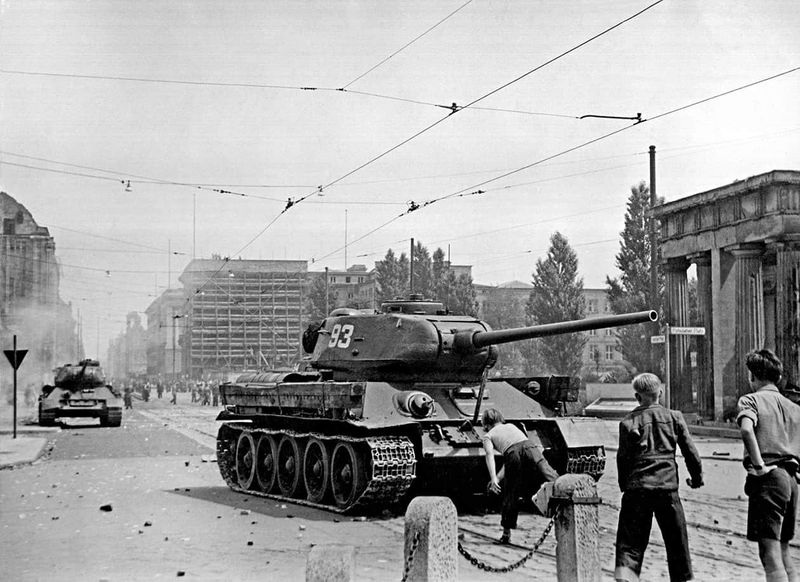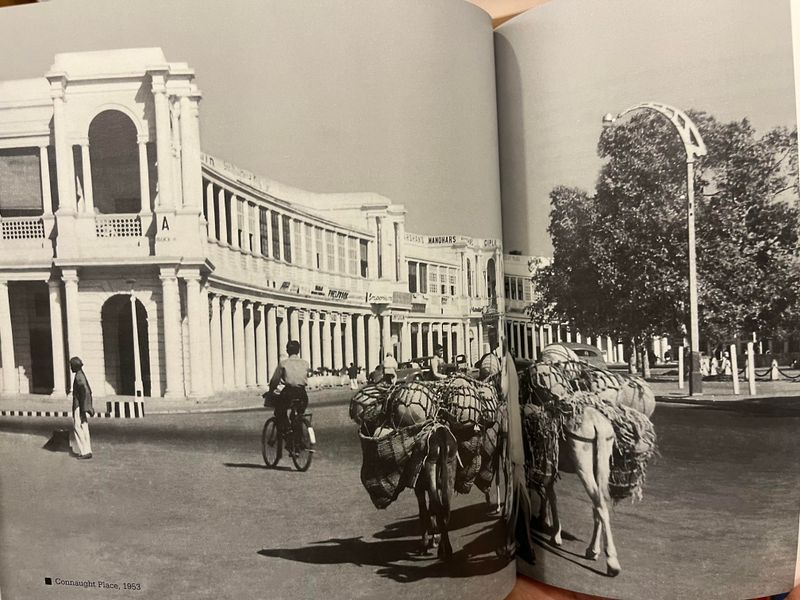Step back to the year 1953, a pivotal moment in history where the world witnessed monumental events and cultural shifts. From the coronation of a queen to the first steps on Everest, this year encapsulated a blend of tradition and modernity.
Each photograph from this era tells a unique story, offering a window into the lives and moments that shaped our world.
The following collection of images captures the essence of 1953, highlighting everything from political changes to everyday life, technological advancements, and global cultural snapshots.
1. Coronation of Queen Elizabeth II
In 1953, the world watched as a new chapter in British history unfolded. Queen Elizabeth II, just 27 years old, was crowned in a magnificent ceremony at Westminster Abbey. The event was a grand spectacle, rich with tradition and regality.
Vibrant banners and the echo of the choir filled the air as the young queen embarked on her reign. Attendees, dressed in their finest, witnessed a moment that symbolized continuity and change for the British monarchy.
The ceremony was not just a royal affair but a global event, reflecting the enduring allure of the British royal family.
2. Sir Edmund Hillary and Tenzing Norgay on Everest
High above the world, on May 29, 1953, Sir Edmund Hillary and Tenzing Norgay made history. They became the first confirmed climbers to reach Mount Everest’s summit. At 29,032 feet, they stood triumphantly, a symbol of human endurance and exploration.
The harsh winds and icy temperatures couldn’t dampen their spirits. Their achievement was not just about conquering a mountain but pushing the boundaries of what was possible.
This monumental climb inspired generations of adventurers and remains a testament to human determination and partnership in the face of adversity.
3. Dwight D. Eisenhower’s Inauguration
In January 1953, Dwight D. Eisenhower took the oath of office as the 34th President of the United States. His inaugural speech resonated with themes of peace and prosperity. Eisenhower, a decorated World War II general, brought a sense of security and hope to the nation.
The crowd gathered in Washington, D.C., braving the cold to witness this pivotal moment.
Eisenhower’s leadership promised a balanced approach to foreign policy and economic growth, steering the country through a time of post-war recovery and Cold War tensions. His presidency marked a new era in American history.
4. The Korean War Armistice Signing
July 1953 brought a significant moment of peace with the signing of the Korean War Armistice. Delegates from North and South Korea gathered at Panmunjom, a site that symbolized years of conflict.
The atmosphere was tense yet hopeful as the agreement was penned. This marked the cessation of active combat, bringing relief to war-torn nations. Military figures and representatives stood by, witnessing the historic moment.
Though the armistice did not officially end the war, it provided a much-needed pause, allowing healing and rebuilding to begin for the Korean Peninsula.
5. Main Street America
In the heart of 1950s America, Main Street was a hub of activity and optimism. Classic cars lined the streets, their chrome glistening under the sun. Families strolled past neon-lit diners, embodying the prosperity and growth of the era.
This vibrant slice of life reflected a nation enjoying post-war affluence. The sense of community was strong, with neighbors greeting each other warmly.
Main Street symbolized the quintessential American dream, where opportunities seemed endless and the future, bright. This scene captured the essence of suburban life, a snapshot of a bygone era.
6. A Family Watching Television
The 1950s marked a media revolution as television became a household staple. Families gathered around bulky black-and-white sets, captivated by the new world unfolding on screen. This scene was common in living rooms across America, reflecting a shift in leisure activities.
The TV became a central figure in homes, offering news, entertainment, and a sense of connection to broader events. Parents and children alike were drawn to its glow, experiencing shared moments of laughter and learning.
This era heralded the rise of domestic media, forever changing family dynamics and cultural consumption.
7. Teenagers at a Soda Fountain
The soda fountain was the social hotspot for teenagers in the 1950s. Youngsters in poodle skirts and letterman jackets gathered to enjoy milkshakes and camaraderie.
These vibrant venues were more than just places to eat; they were where friendships blossomed and youth culture thrived. Laughter and music filled the air, creating an atmosphere of carefree joy.
This quintessentially American setting represented a time of innocence and exploration, where the possibilities seemed endless. The soda fountain became an iconic symbol of teenage life, capturing the spirit and style of an unforgettable decade.
8. Stalin’s Funeral Procession
March 1953 marked the end of an era in the Soviet Union with Joseph Stalin’s death. His funeral procession in Moscow was a grand affair, reflecting his significant influence. Massive crowds gathered to pay their respects, lining the streets in somber silence.
The atmosphere was heavy with uncertainty, as Stalin’s passing signaled a major shift in Soviet politics. Military personnel and dignitaries participated in the solemn event, marking the end of Stalin’s iron rule.
The procession not only mourned a leader but also heralded a time of change and tension within the USSR.
9. A Classroom with Duck-and-Cover Posters
During the Cold War, American classrooms became training grounds for civil defense. Children practiced duck-and-cover drills, a sign of the times’ tensions. Posters adorned the walls, instructing students on safety measures.
This routine was both a precaution and a reflection of the era’s fears. Despite the underlying anxiety, these drills were a normal part of school life, teaching resilience and awareness.
The image of students crouched under desks is a poignant reminder of the period’s uncertainties. Yet, it also highlights the adaptability and spirit of communities in navigating global challenges.
10. Marilyn Monroe in “Gentlemen Prefer Blondes”
Marilyn Monroe dazzled audiences in the 1953 film “Gentlemen Prefer Blondes.” Her portrayal of Lorelei Lee was quintessential Hollywood glam. Dressed in an iconic pink gown, Monroe captivated viewers with her charismatic performance.
The film solidified her status as a leading actress, showcasing her unique blend of beauty and talent. Her role was both playful and sophisticated, embodying the allure of the golden age of cinema.
Monroe’s image from this film became legendary, influencing fashion and pop culture. Her performance remains a testament to her enduring influence and the magic of classic Hollywood.
11. Color Television Prototype Display
The 1953 demonstration of RCA’s color television prototype was a technological marvel. At an electronics expo, fascinated crowds gathered to witness the vibrant displays. This innovation promised to revolutionize home entertainment, adding a new dimension to viewing experiences.
The prototype showcased the potential of color broadcasts, captivating imaginations and sparking excitement.
While still in its infancy, this technology hinted at the future of television, where black-and-white screens would soon be a thing of the past. This display was a milestone in broadcasting history, paving the way for the colorful media landscape we know today.
12. Ford’s 50th Anniversary Car
In 1953, Ford celebrated its golden jubilee with the release of the Ford Crestline. This sleek vehicle was a testament to the company’s legacy and innovation. Its stylish design and enhanced features captured the attention of car enthusiasts.
Spectators at auto shows admired its elegance, reflecting the era’s fascination with automotive advancements. The Crestline symbolized progress and tradition, embodying Ford’s commitment to quality and excellence.
As a milestone in automotive history, this car represented more than just transportation; it was a celebration of 50 years of engineering prowess and industry leadership.
13. Atomic Testing in Nevada
In the Nevada desert, 1953 witnessed dramatic scenes as part of Cold War military development. Atomic testing created surreal mushroom clouds, symbolic of an era defined by nuclear power.
Observers watched from a safe distance, witnessing the raw force of these explosions. These tests were both a demonstration of technological prowess and a reminder of the potential for destruction.
The spectacle was both awe-inspiring and terrifying, capturing the duality of nuclear advancement. This period of testing was crucial in shaping military strategies and global politics, leaving a lasting impact on the world stage.
14. Women Working in Assembly Lines
The legacy of World War II continued as women took on vital roles in assembly lines during the 1950s. Factories buzzed with activity as women skillfully contributed to industrial production, particularly in textiles and electronics.
This shift marked a significant change in societal roles, highlighting women’s capabilities and resilience. The image of women working diligently in factories reflected progress and empowerment.
Their contributions were crucial to economic growth and innovation, challenging traditional gender norms. This era underscored the importance of diversity in the workforce, paving the way for future generations of women in industry.
15. Berlin Streets under Allied Occupation
In 1953, Berlin stood as the Cold War’s front line, symbolizing division and occupation. The streets were filled with Allied checkpoints, a visible reminder of the city’s split status. Propaganda posters adorned walls, reflecting the ideological battle between East and West.
The atmosphere was charged with tension, yet life went on amidst uncertainty. Berlin’s unique position made it a focal point for global politics, with its residents navigating daily challenges.
This city, caught between superpowers, remained resilient, embodying the spirit of survival and adaptation. Its story is a testament to human endurance in the face of adversity.
16. New Delhi Street Life
The streets of New Delhi in 1953 were a vibrant tapestry of tradition and change. Rickshaws weaved through bustling markets, where vendors displayed colorful wares.
This lively scene captured the essence of a city embracing its newfound independence and modernization. The energy was palpable as old customs met new opportunities.
Amidst the hustle and bustle, a sense of community prevailed, with people from all walks of life sharing the public space. New Delhi’s dynamic street life was a reflection of India’s journey toward growth and unity, a city at the crossroads of history and future.
